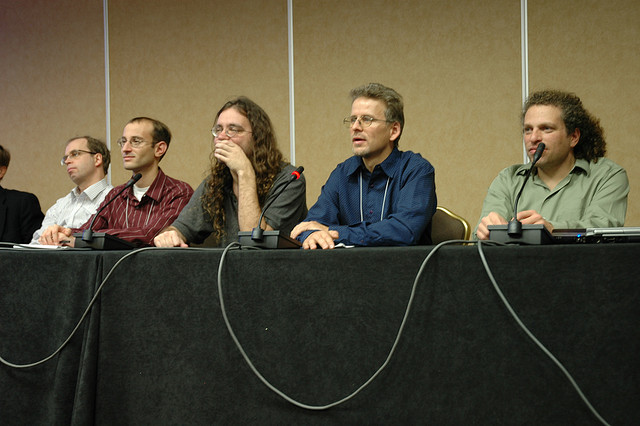
All pages and blog posts

Blog

AI Timeline Surveys

AI Timeline Surveys

Blog

Blog

Blog

Featured Articles

Continuity of progress

AI Timeline Surveys

AI Timeline Surveys